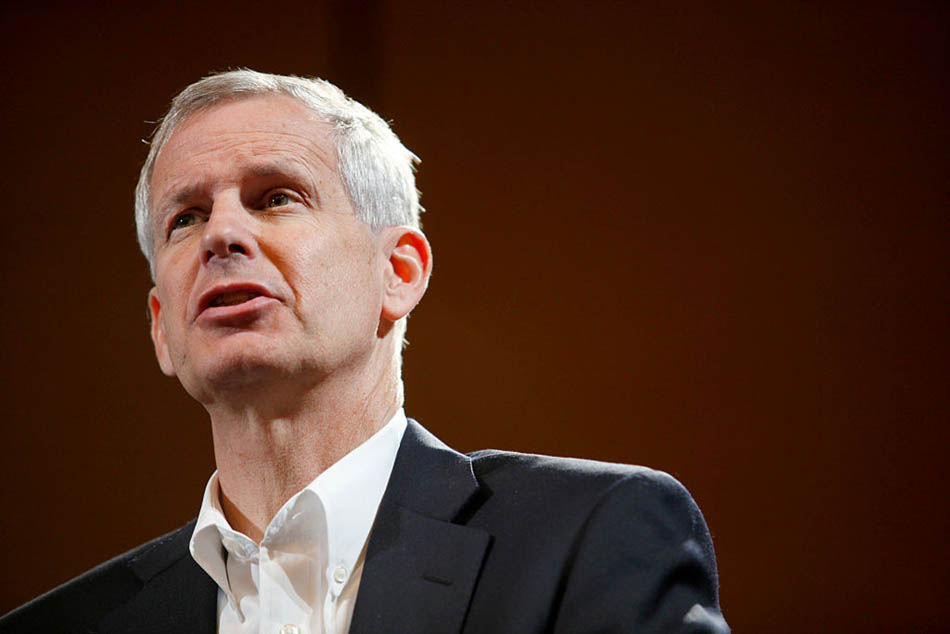
The future looks more bleak for EchoStar with every quarterly report. And with the Dish Network parent company reporting a $2.03 billion loss in Q4, along with the loss of 314,000 more pay TV customers and 123,000 retail wireless subscribers, EchoStar itself is now conceding the gravity of its own situation.
In a 10-K filing with the SEC late last week, the Englewood, Colorado-based telecom said: “Because we do not currently have committed financing to fund our operations for at least twelve months from the issuance of these consolidated financial statements, substantial doubt exists about our ability to continue as a going concern. We currently intend to use cash on hand and cash flow from operations to pay the March 2024 debt maturity. However, we do not currently have the necessary cash on hand and/or projected future cash flows to fund the November 2024 debt maturity and subsequent interest on our outstanding debt.”
Analyst Craig Moffett, a decided EchoStar/Dish bear, called the company's situation “dire,” adding: “Revenues are spiraling lower, EBITDA is in free fall, and Dish is now hemorrhaging cash. Even without adding additional debt, the declines in EBITDA have left EchoStar’s post-merger leverage ratio even higher than the stand-alone leverage at Dish Network in Q2 that pushed Dish into the merger.”
Moffett added: “The debate around EchoStar/Dish Network no longer includes any serious discussion about whether Dish Network can succeed in the wireless business; that question has seemingly been answered. Today’s results for both the wireless and satellite-TV businesses, which come in the wake of recent attempted-and-failed debt restructurings, only add an exclamation point to what has been a years-long slide. Gradually, then suddenly.”
Certainly, Friday’s earnings call didn't inspire any renewed confidence within the equity analyst community, with chairman Charlie Ergen unavailable, ostensibly celebrating his 71st birthday.
Hamid Akhavan, appointed as EchoStar CEO just three months ago, responded with the comments below when asked if the company could meet an FCC requirement to cover 75% of its spectrum license areas with 5G cellular by 2025. (Here’s a copy of the earnings call transcript.)
“We have made substantial progress towards meeting our goals for 2024 — 2025, the milestones at 2025,” Akhavan said. “Depending on our success and our fundraising, which I mentioned earlier, we could meet those milestones. But having said that, it is my personal opinion that, that doesn’t really translate into a competitive offering for the American consumers, which has been the intent of the FCC. That milestone certainly is within reach once we — if we manage to get our fundraising, but I don’t think it’s going to change the picture in the nation in a significant way.”







